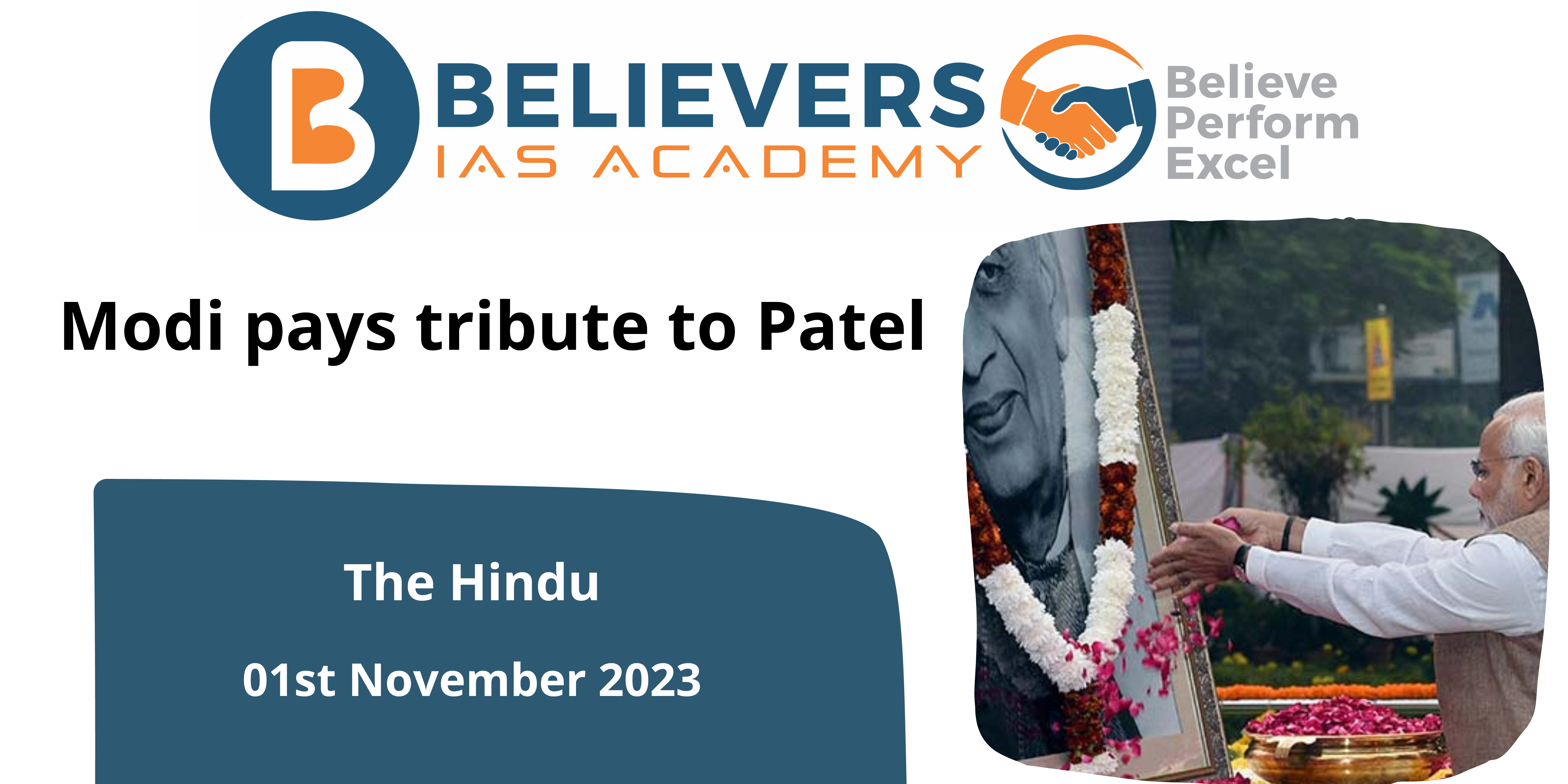Sri Lanka’s Malaiyaha Tamils
Context:
The Institute of Social Development, an NGO that works to address issues affecting Malaiyaha Tamils, organised the event in an effort to draw attention to the community’s long history of struggle and to call for long-overdue answers to their persistent issues.
Indian Tamils in Sri Lanka
- Orgin: Indian Tamils are Tamil-speaking individuals of Indian descent who were sent to Sri Lanka in the 19th and 20th centuries to work on plantations. They are known as Indian Tamils in Sri Lanka. They are primarily descended from workers who were sent from Tamil Nadu in Southern India.
- Names and Identities: They are referred to as Indian Tamils, Malayaga Tamilar, Hill Country Tamils, Up-Country Tamils, or just Tamils. Additionally, some members of this clan come from Telugu and Malayalam roots, as well as several South Indian castes.
- Geographical Distribution: The Malayakam, or Hill Country, in the centre of Sri Lanka is where the majority of Indian Tamils call home. However, they can also be found in the Northern Province and in significant urban areas.
- Economic Contribution :Indian Tamils make a substantial economic contribution to Sri Lanka’s plantation economy, particularly in the coffee, tea, and rubber industries. They have played a crucial role in the expansion and improvement of this industry.
- Socio-Economic Situation: Indian Tamils often have lower living standards than the general population. They are frequently referred to be one of Sri Lanka’s poorest and most neglected populations. Socio-economic inequality has been a recurring problem in this neighbourhood.
- Repatriation and Citizenship: In 1964, many Indian Tamils were sent back to their home country, leaving a sizeable portion of them without citizenship. However, by the 1990s, Sri Lankan citizenship had been awarded to the majority of Indian Tamils. Some people didn’t receive citizenship until 2003, amid the Tamil Tigers’ and Sri Lanka’s government’s peace negotiations.
- Religious diversity: The majority of Tamil people in India are Hindus, although there are also small numbers of Christians and Muslims. In addition, a small percentage of Indian Tamils practise Buddhism.
- Political Affiliation: Since the 1980s, labour union-based political parties that back ruling coalitions have received a lot of support from Indian Tamils. They have contributed to Sri Lanka’s political environment, particularly in regards to matters impacting their group.
- Differentiation from Sri Lankan Tamils: Indian Tamils, also known as Hill Country Tamils, and Sri Lankan Tamils, who are native to the island, historically viewed themselves as separate communities. This differentiation was caused by variations in nativity, caste, and other elements.
- Growing Common Identity: Despite historical distinctions, both Sri Lankan Tamils and Indian Tamils now have a stronger sense of shared Tamil identity as a result of the ethnic strife in Sri Lanka. The two groups have forged a stronger bond and increased sense of mutual support.
Points to Ponder:
-
Arrival and Historical Background:
-
-
- Around 200 years ago, members of the Malaiyaha Tamil people travelled from southern India to Sri Lanka to work on plantations owned by the British.
- Throughout their history, they have experienced marginalisation and ongoing struggles.
-
-
Key seeks:
-
-
- To overcome decades of structural exclusion, the neighbourhood seeks a 10-year development plan based on affirmative action.
- The plan ought to prioritise lowering poverty, providing land and housing, enhancing public health, and expanding access to education.
- It should defend workers’ legal rights and ensure that they receive fair living pay.
- Additionally, the group wants to be acknowledged for its unique identity and citizenship.
- They want an equitable political power distribution system and proportional voting procedures.
-
-
Challenges:
-
-
- Up until 2003, the Malaiyaha Tamil community was denied citizenship, among other ongoing injustices.
- Over the years, they have encountered discrimination and exploitation.
-
-
Socioeconomic Status:
-
-
- The group employs over 1.5 lakh (150,000) individuals who work on tea and rubber fields, which considerably boosts Sri Lanka’s foreign exchange.
- The poorest people in Sri Lanka are the estate-bound households that reside in the Central, Southern, and Uva regions.
- Some families are still housed in bare-bones colonial-era queue rooms.
-
-
Housing Assistance
-
- India has promised financial support to constructing 14,000 homes in the estate areas.
- The project’s sluggish development has drawn criticism, though.





